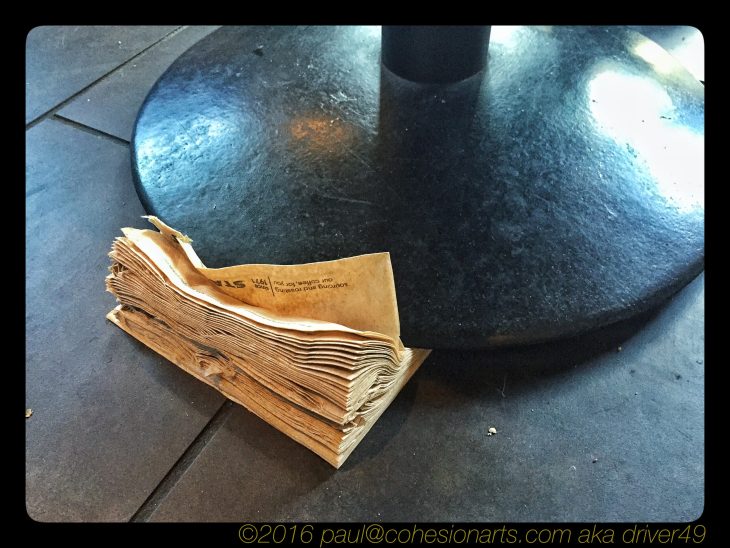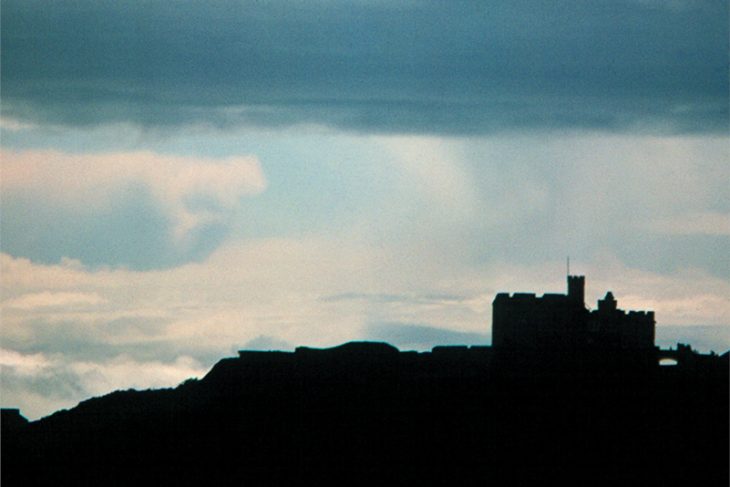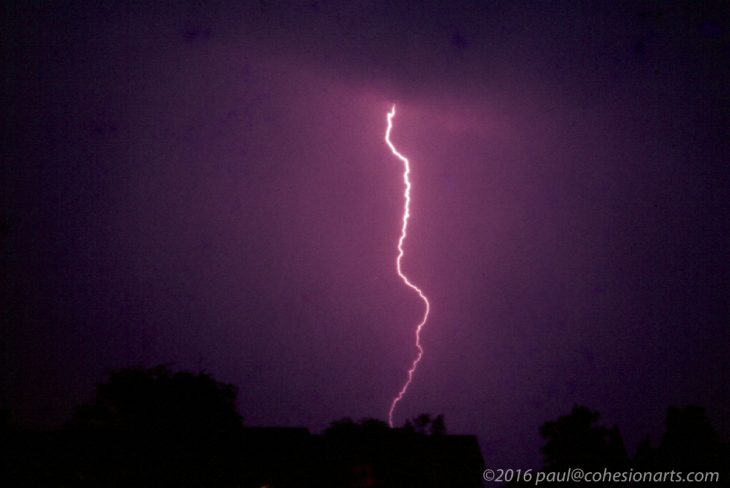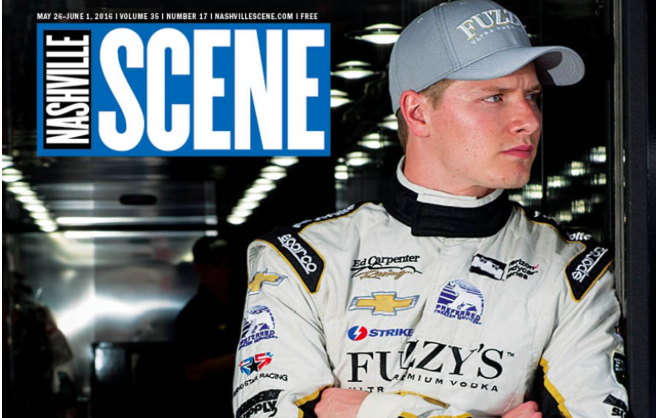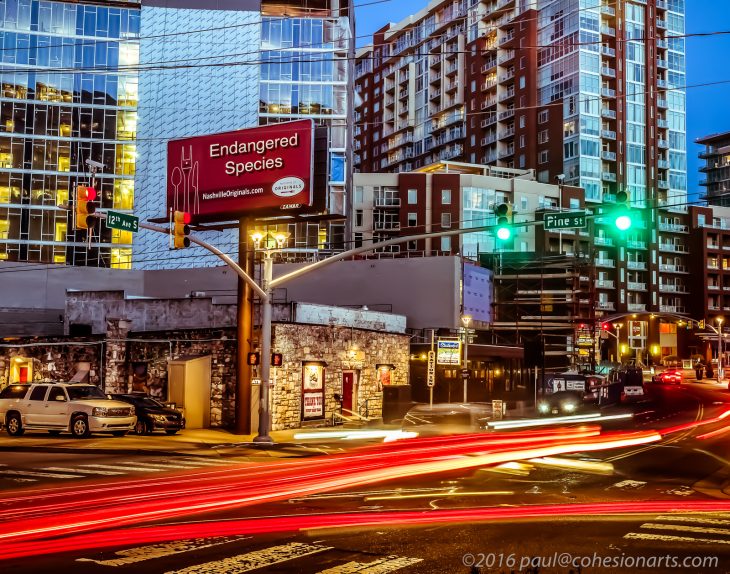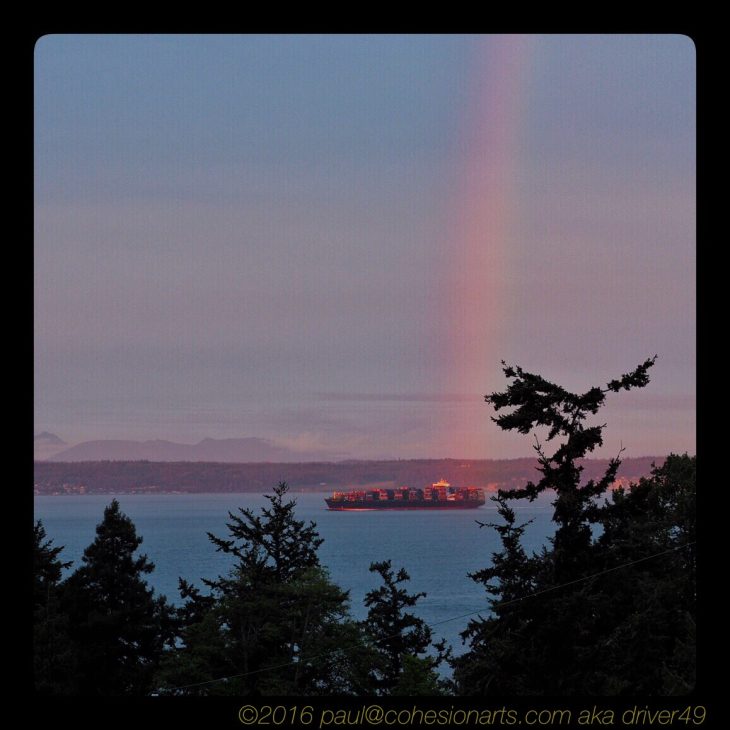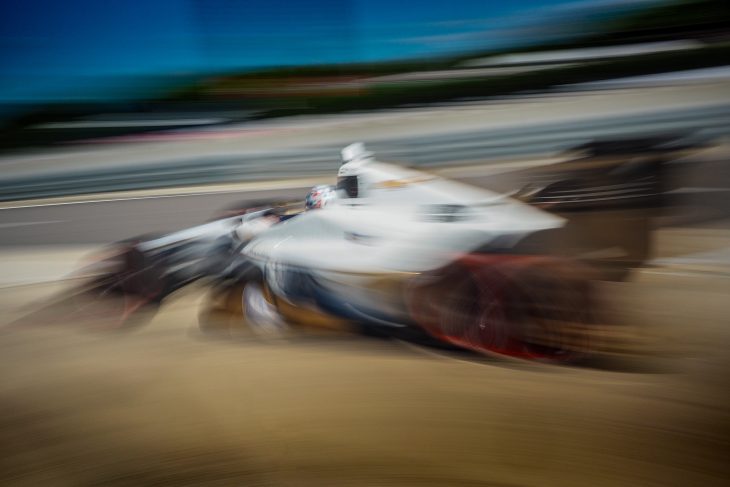That’s what my friend Craig Havighurst calls those fragile, over-powered, insanely fast, open-wheeled vehicles (I hesitate to call them “cars” since a “car” is what we drive around town all day, and these are definitely not that…) in which daring young men hurtle themselves at ridiculous speeds around oval-and-road courses all over America almost every Sunday afternoon through the spring and summer.
The “death torpedoes” line comes from “The Speed of Sound” – a long-form essay Caig has written about the audio engineering at the Indianapolis Motor Speedway, which he’s offering as part of an experiment in crowd-funded independent ‘literary journalism’; follow this link to his Indiegogo campaign, or learn more about the campaign on this Facebook page.
Thanks to Craig, I just spent an extraordinary, memorable four days covering an IndyCar Road Race – would you believe the “Grand Prix of Alabama”? (some how that combination of words seems almost oxymoronic: the elegant European traditions of a ‘Gran Prix” are not normally the sort of thing one associates with ‘Alabama’) – at the exquisite Barber Motorsports Park near Birmingham.
Craig was on assignment to write a profile of Josef Newgarden – the Nashville (Hendersonville, actually) native who has risen through the ranks of motor racing to become one of the hot prospects on the IndyCar circuit, one of America’s two “major leagues” of auto racing (the other being NASCAR). I got to tag along for the weekend to provide photo coverage for the story, which will appear in the Nashville Scene the Thursday before Memorial Day, aka the weekend of The Indianapolis 500.
Craig and I share some interest in what are generally called “motor sports” – that daring marriage of men and machines that has been around for as long as the horse was taken off the carriage in the late 19th century. Admittedly, Craig is a far more avid proponent of the sport than I. He closely follows the Formula 1 circuit, which some consider the zenith of all auto racing, though Craig actually prefers the somewhat more raw, more muscular world of the open-wheeled roadsters that have been racing around the big oval in Indianapolis almost every year since 1911.
My own interest in auto racing is relatively dormant compared to Craig’s. I followed auto racing when I was in my early teens, following the exploits of Colin Chapman, Jim Clark and Team Lotus as they conquered Indianapolis in 1965. Craig is very much up-to-date on the drivers, the equipment, the rules, the schedule, and the season-long championship standings; I sorta lost interest when Jim Clark died on a track in Germany in 1968 – which, not coincidentally, was about the time my own interests were gravitating more toward girls and guitars…
Anyway, this past weekend was extraordinary. Armed with a media pass, I had access to the entire facility, and spent much of race day in the infield, where these things were zooming around me in all directions and I could get right up to the edge of the track as they roared and screamed by.
Anybody who knows me knows that the word “awesome” is on my short list of the most over-used words in the English language, but the experience of being in the middle of all that was, how shall we say? It was just was fuuuckinggggg aaaaaaaaaaawwwwesoooooome….
There was one the moment when I was standing behind a guard rail at the end of one of the fastest straight-aways, the cars going by me at their top speeds in the vicinity of 200mph… And I had a moment where I realized where I was standing and just thought “this is inSAAAANE!”
I mean these “cars don’t just “crash,” they explode and throw parts and debris in all directions. Granted, there was little likelihood of a car going off the track on a straightaway, but it’s not impossible. For example, were one car to try to pass another and their open-wheels touch, the result can be two cars going in all but their intended directions; One could go off the track, strike a guard rail and explode, tossing wheels and other parts in multiple directions. Yes, the actual likelihood of such an event was slim – but not quite nil. And there I was, leaning out over the guard rail with a camera as these things screamed by…
I can’t post any of the photos from the weekend until The Scene has decided which ones they will use to accompany Craig’s profile of Josef, but I don’t think they’re going to use the “arty” shot at the top of this post.
I caught that one in a hot moment as Josef was blasting out of the pits for one of the qualifying heats on Saturday afternoon, the day before the big race.
You’ve heard of a “pit stop”? I’m calling this one “Pit Start.”
*
Digest subscribers, I’m sorry that’s all I’ve got for you this week. The past week has been pretty much “shoot / edit / sleep” – and tomorrow I’m off to Portland OR for the next 10 days to visit with family there. Hopefully I’ll have some time to post from there. Thanks, as always, for your interest and support.









